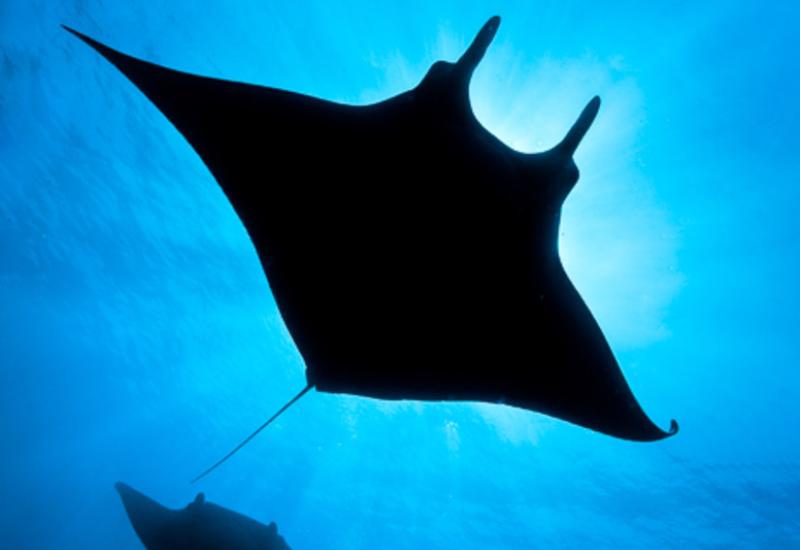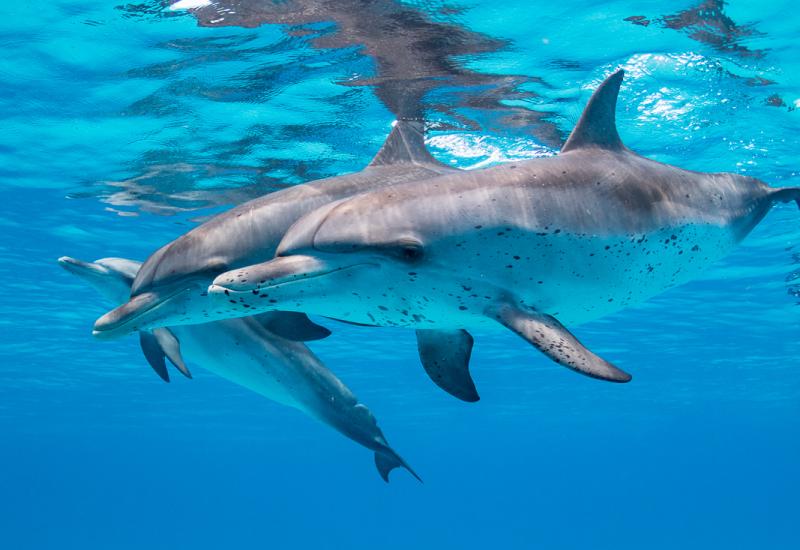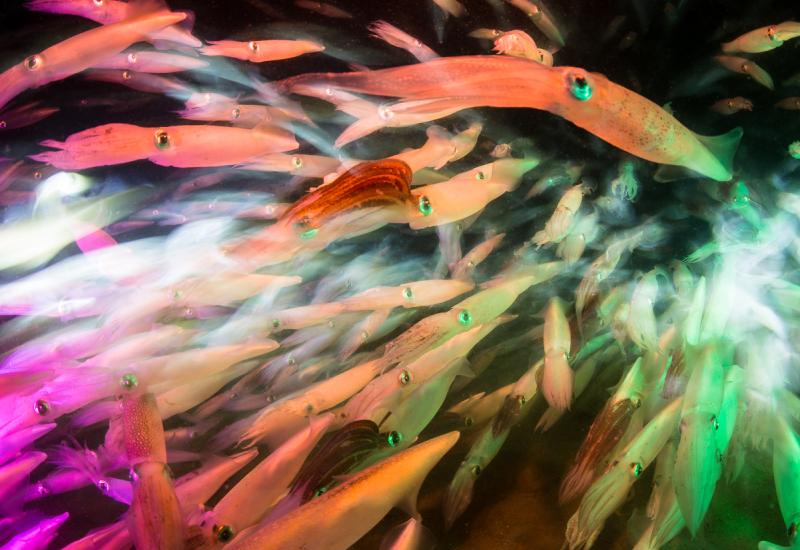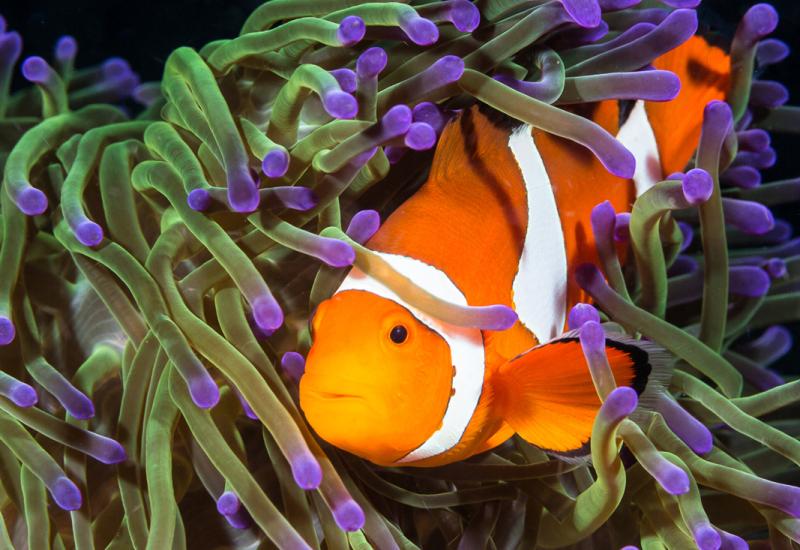Milestones in Underwater Photography
1856: Englishman William Thompson shoots the first underwater image; however, he wasn’t diving. He simply lowered the camera into the drink, relying on a pole as support.
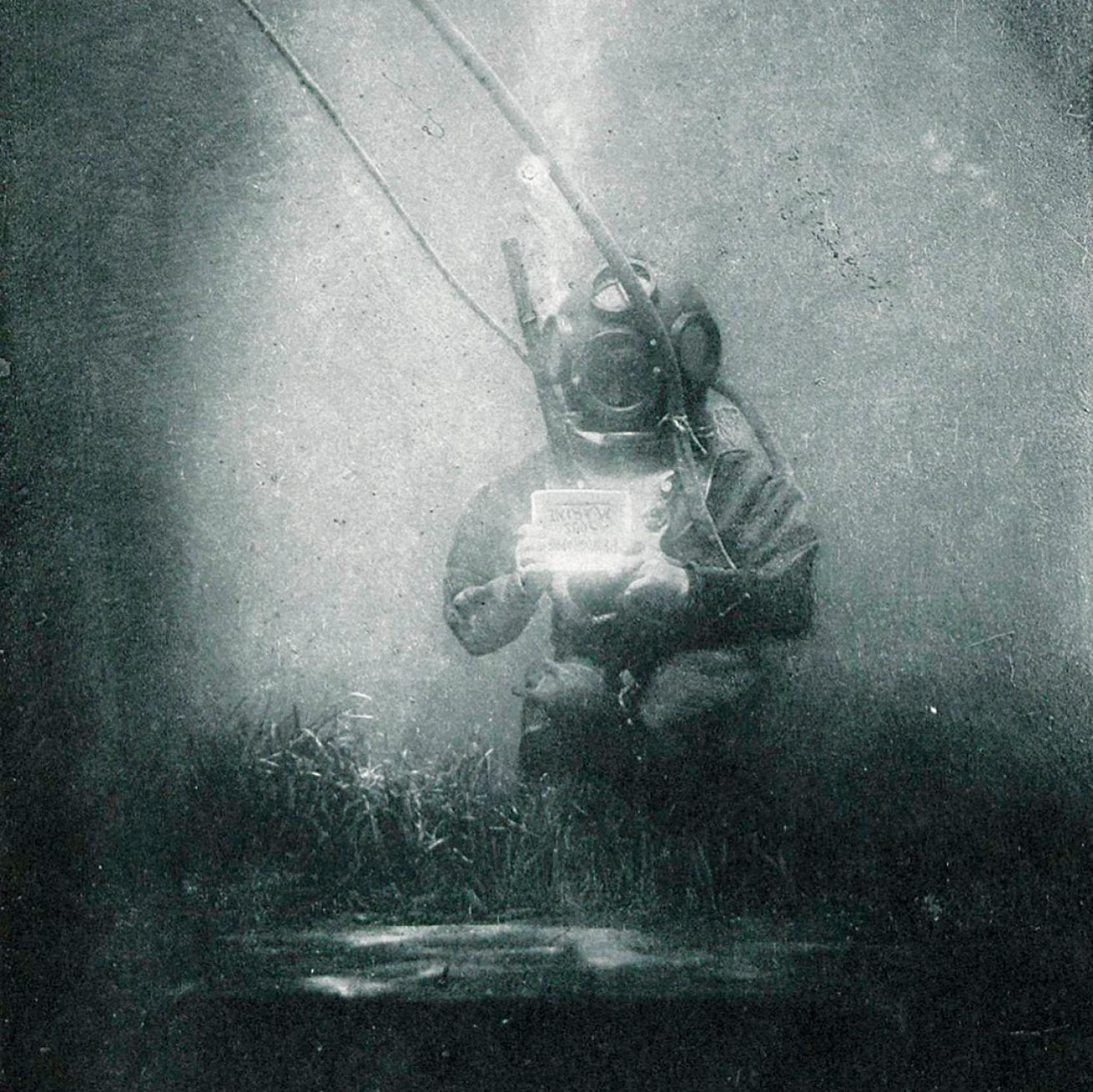
Louis BoutanAn early underwater photo, taken by Louis Boutan
1893: Louis Boutan develops a crude housing and takes the first photograph underwater (later image shown).
1916: The American silent film 20,000 Leagues Under the Sea — the first motion picture featuring footage filmed underwater — is released.
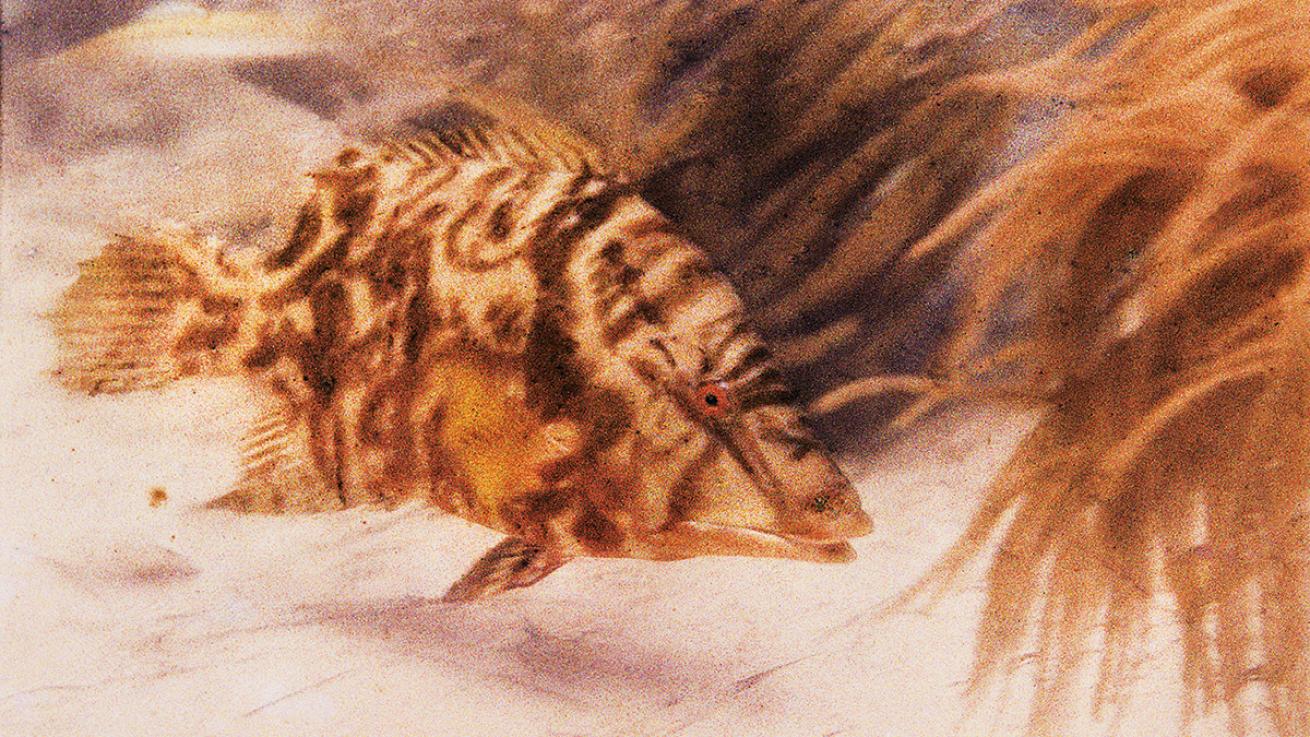
W.H. Longley AND Charles Martin/National Geographic CreativeOne of the first color underwater images
1923: The first color underwater images of sea fans, corals and other Florida Keys marine life, taken by shooter Charles Martin in tandem with botanist W.H. Longley, appear in National Geographic.
1950: French photographer Henry Broussard creates the first commercial underwater camera housing, named Tarzan, for the Foca camera.
1954: The first full-length underwater documentary, Sesto Continente, aka The Sixth Continent, is released by Italian film director Folco Quilici.
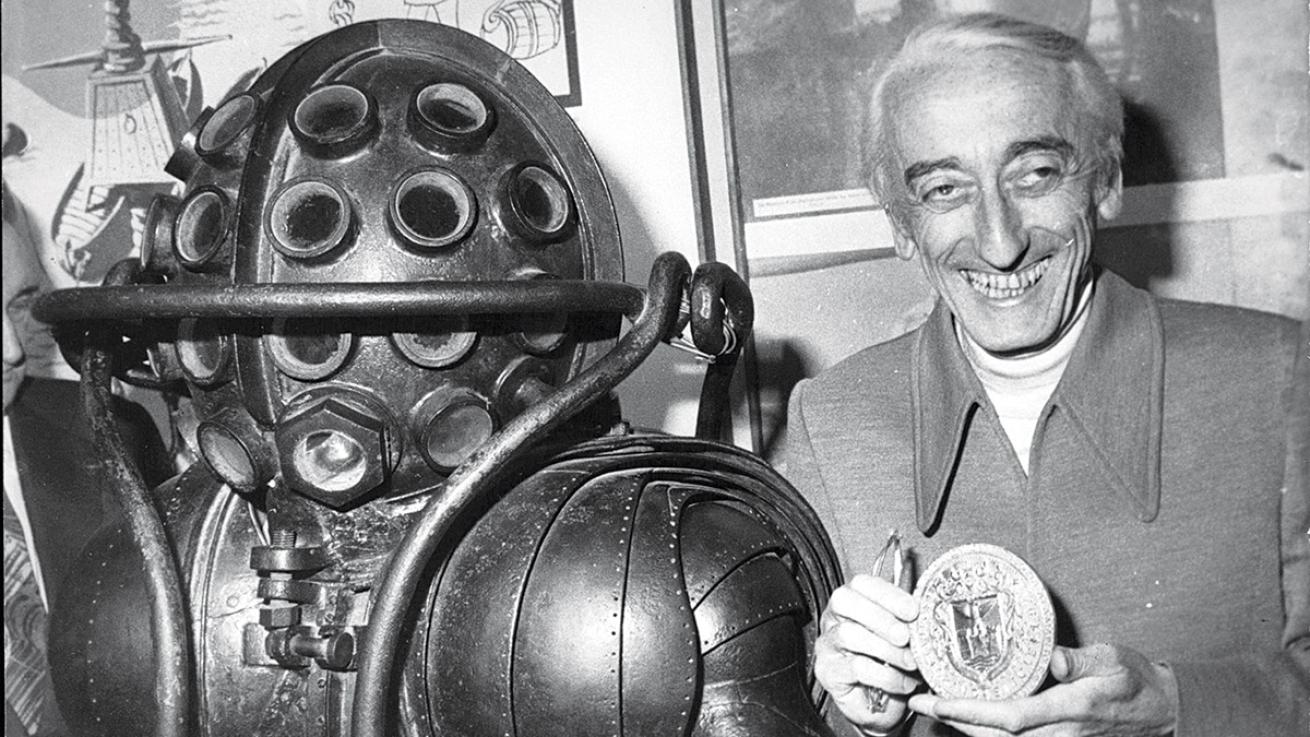
Keystone Pictures USA/Alamy Stock PhotoJacques Cousteau
1956: Jacques-Yves Cousteau and French film director Louis Malle create the film The Silent World, which wins the highest prize, the Palme d’Or, at the Cannes Film Festival.
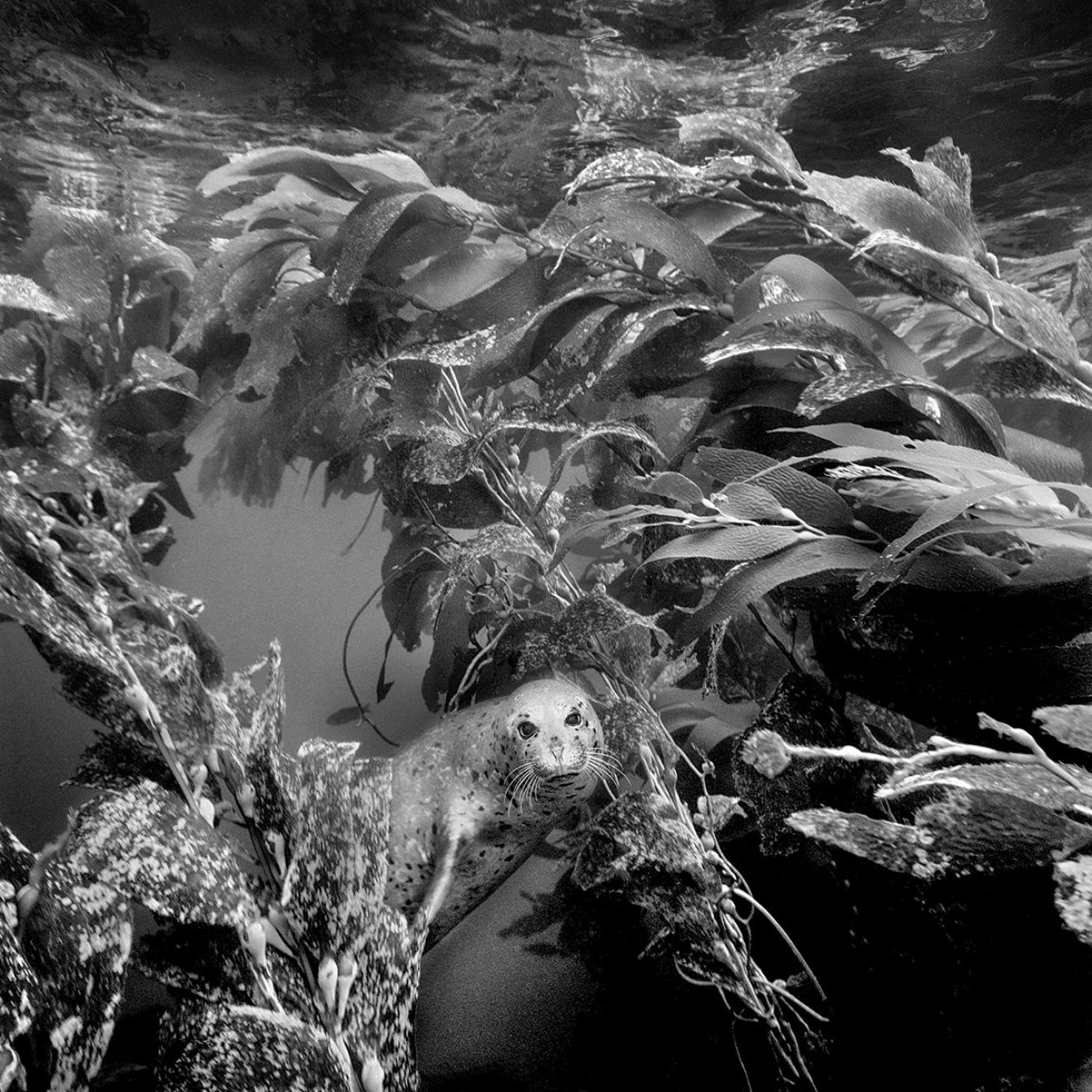
Ernie Brooks IIA black-and-white photo by Ernie Brooks II
1960: Ernie Brooks II begins teaching at Brooks Institute in Santa Barbara, California, where underwater imaging is a focus. Future students included David Doubilet, Cathy Church and Bob Hollis.
1965: Thunderball becomes the first James Bond film to feature underwater scenes, shot off Nassau in the Bahamas.
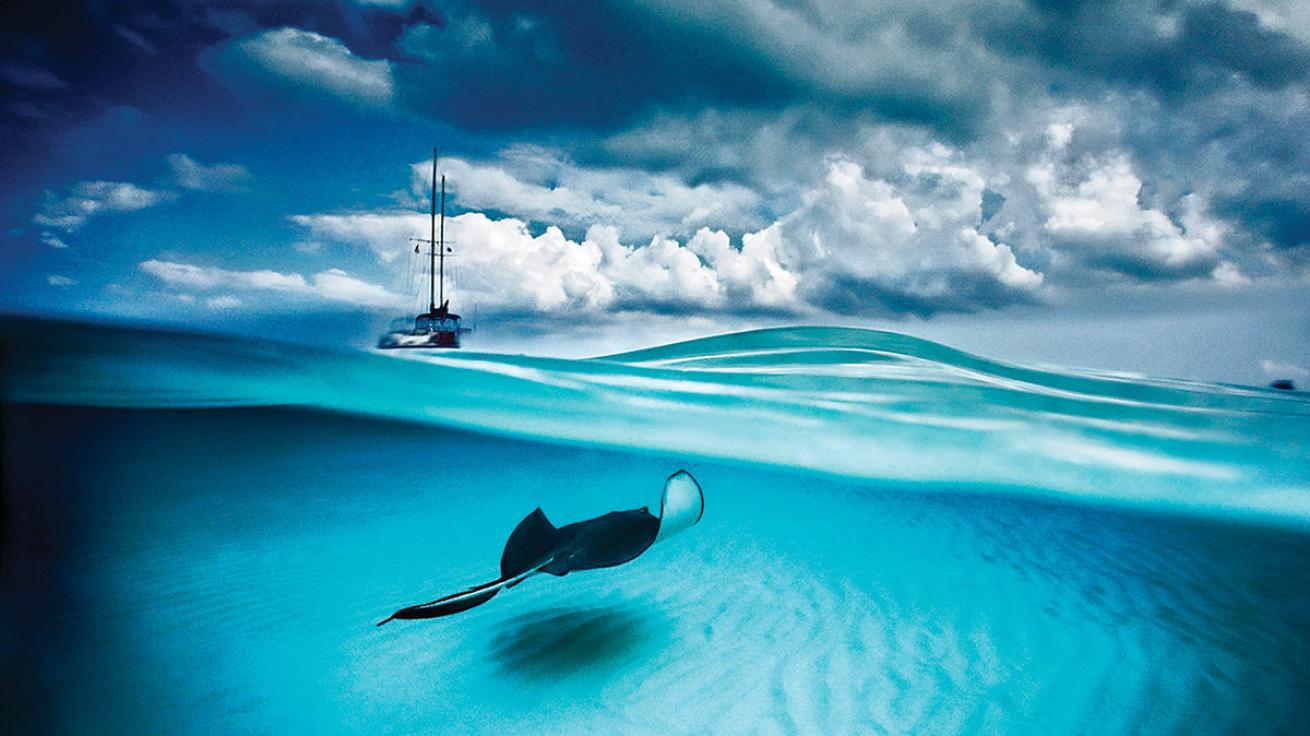
David Doubilet/National Geographic CreativeA classic over/under by David Doubilet
1970s: Legend David Doubilet introduces the world to split images, captured with a DSLR, a fisheye or super-wide-angle lens, and a dome port.
1984: Photographer Chris Newbert publishes Within a Rainbowed Sea. The book was chosen by Ronald Reagan as a gift to Emperor Hirohito of Japan. Says Berkeley White, owner of Backscatter Underwater Video and Photo, “Chris showed the mainstream for the first time that underwater photography could be art, not just science.”
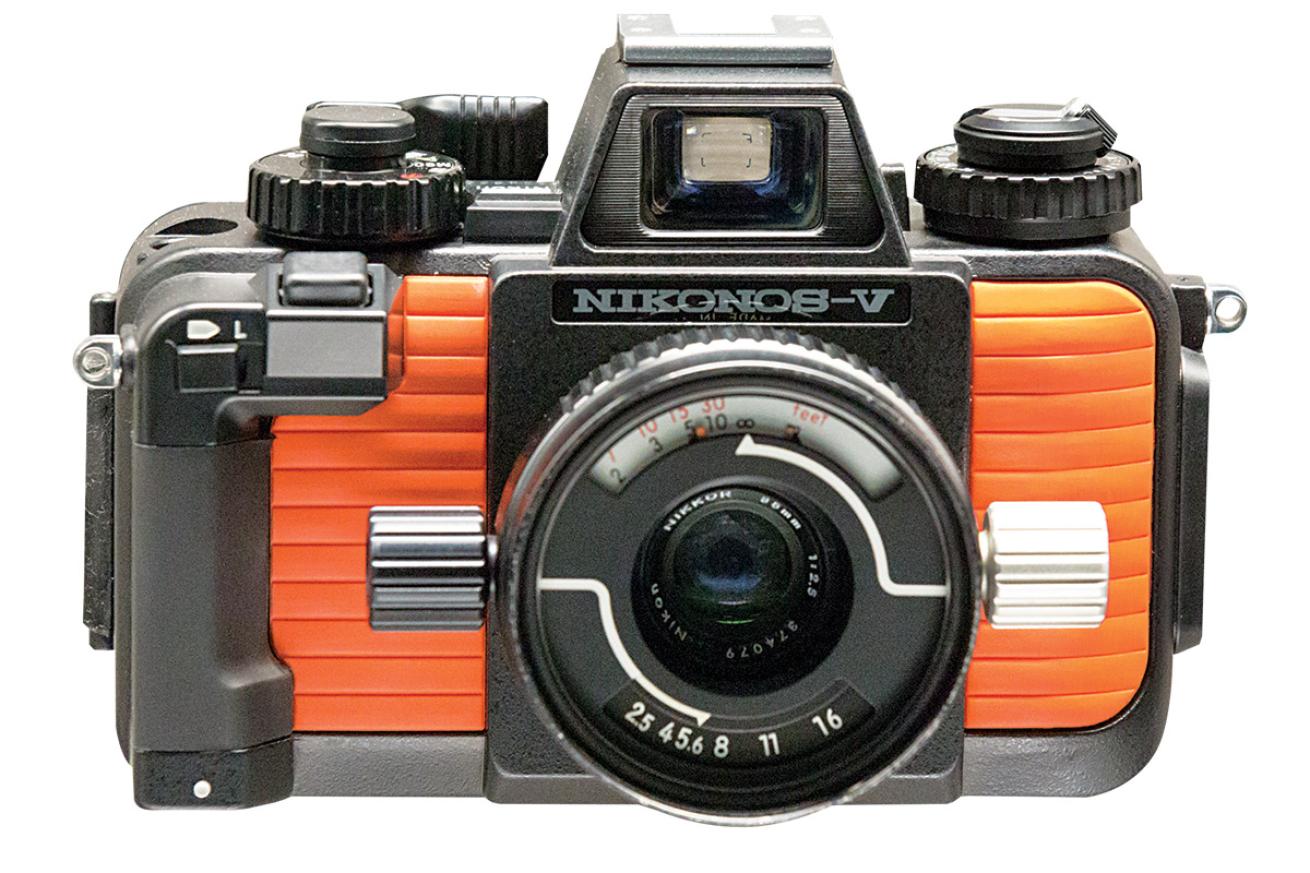
MorioThe Nikonos V
1984: The Nikonos V premieres, debuting a black-and-orange coloring that becomes iconic. “Underwater photography was democratized by the Nikonos thanks to cost,” says White.
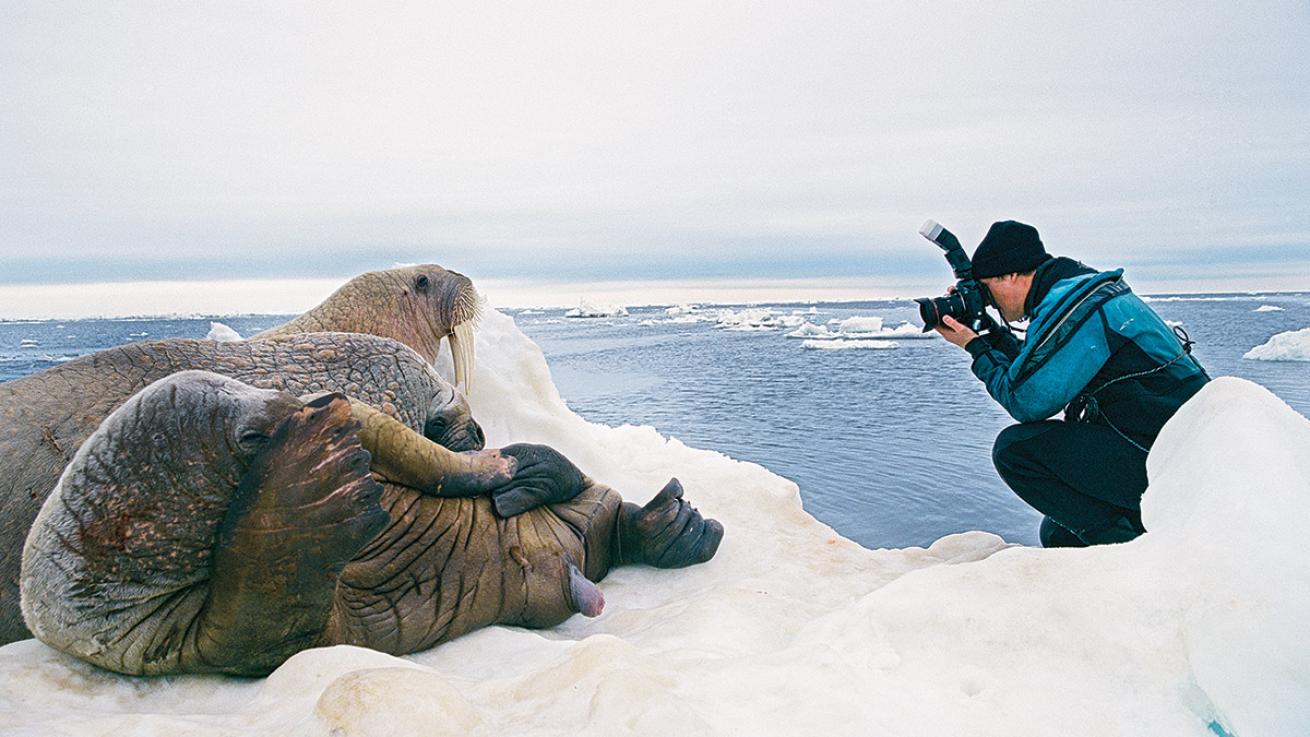
Paul Nicklen/National Geographic CreativeNicklen, in the field
1995: National Geographic photographer Paul Nicklen begins specializing in polar photos, capturing arresting images of leopard seals, walruses and more, alerting the world to the plight of these threatened regions.
1996: The death of film — the era of digital begins. Early cameras are marketed as “filmless” until the concept is understood.
2001: The documentary series The Blue Planet opens the world’s eyes to the majesty of the ocean. The 2017 follow-up Blue Planet II features cutting-edge videography from dozens of shooters.
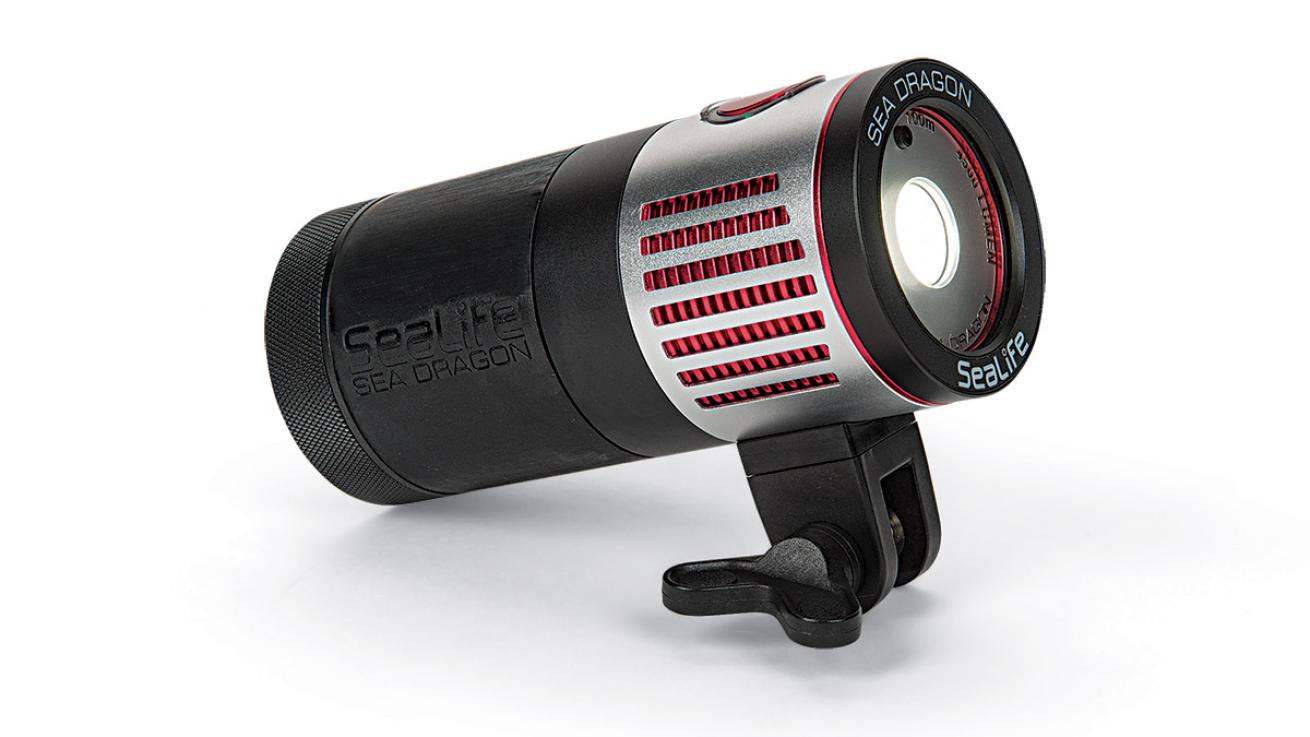
Bill DosterThe SeaLife Sea Dragon 4500
2000s: LED bulbs delivering 25,000 lumens replace incandescent bulbs’ measly 1,000. Says Jim Decker, CEO of Backscatter Underwater Video and Photo, “For the same amount of juice, you get a much brighter result.”
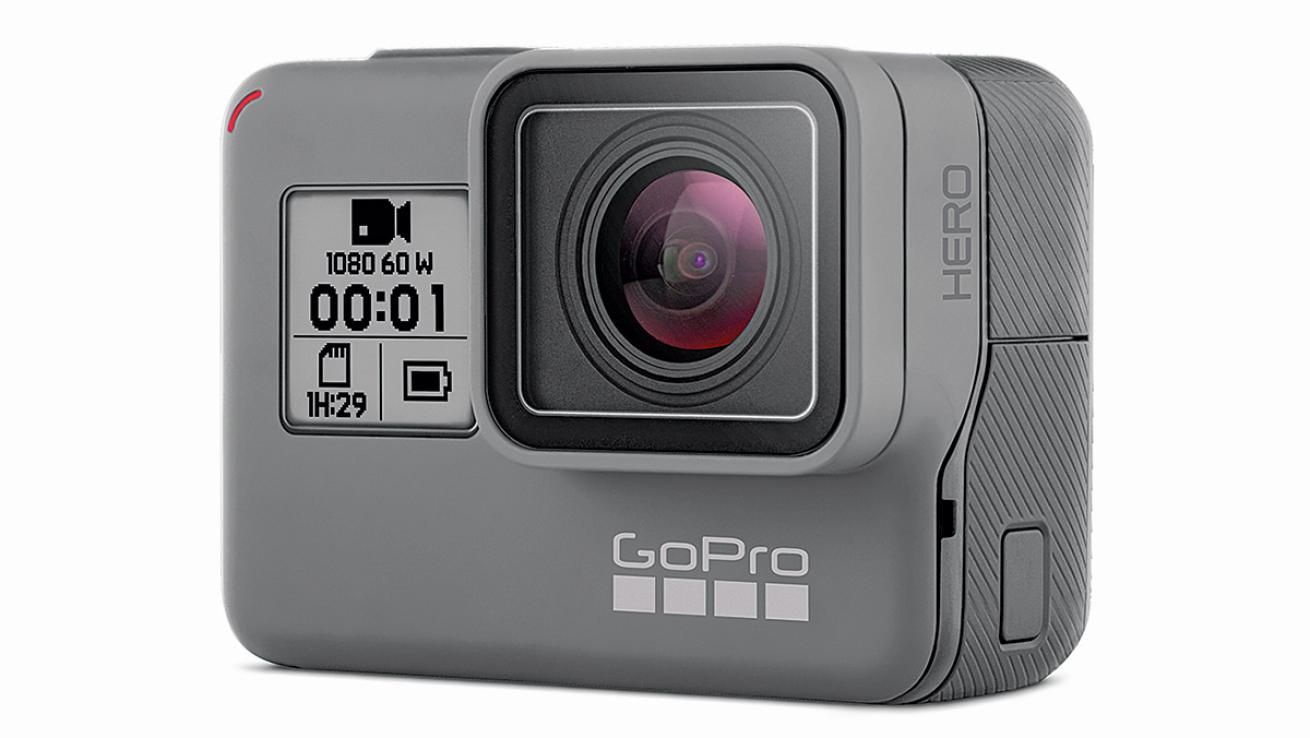
Courtesy GoProGoPro
2002: GoPro is founded, surging in popularity over the next decade-plus. The cameras offer affordable wide-angle shooting to the masses, putting the nail in the coffin for camcorders.
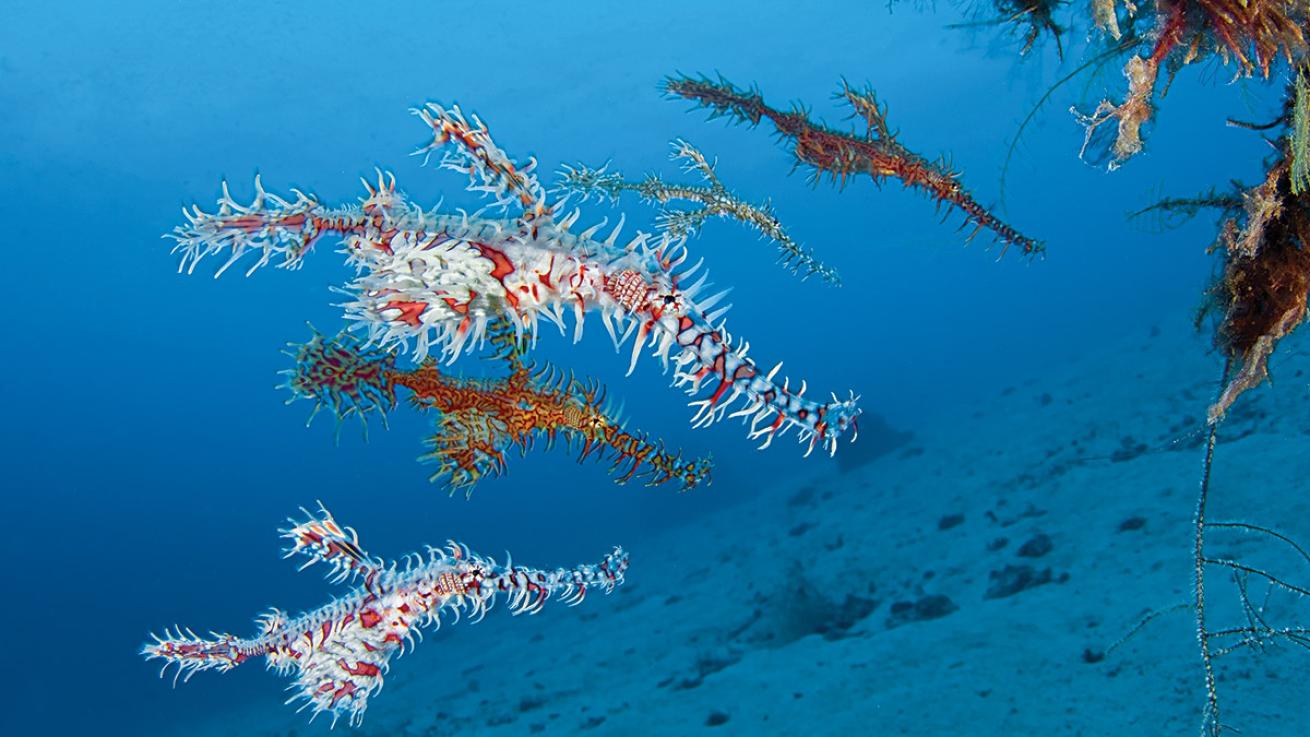
Alex MustardA close-focus wide-angle, by Alex Mustard
2006: Alex Mustard popularizes the technique known as close-focus wide-angle, which highlights small marine life against a wide scene. Today this style is completely mainstream.
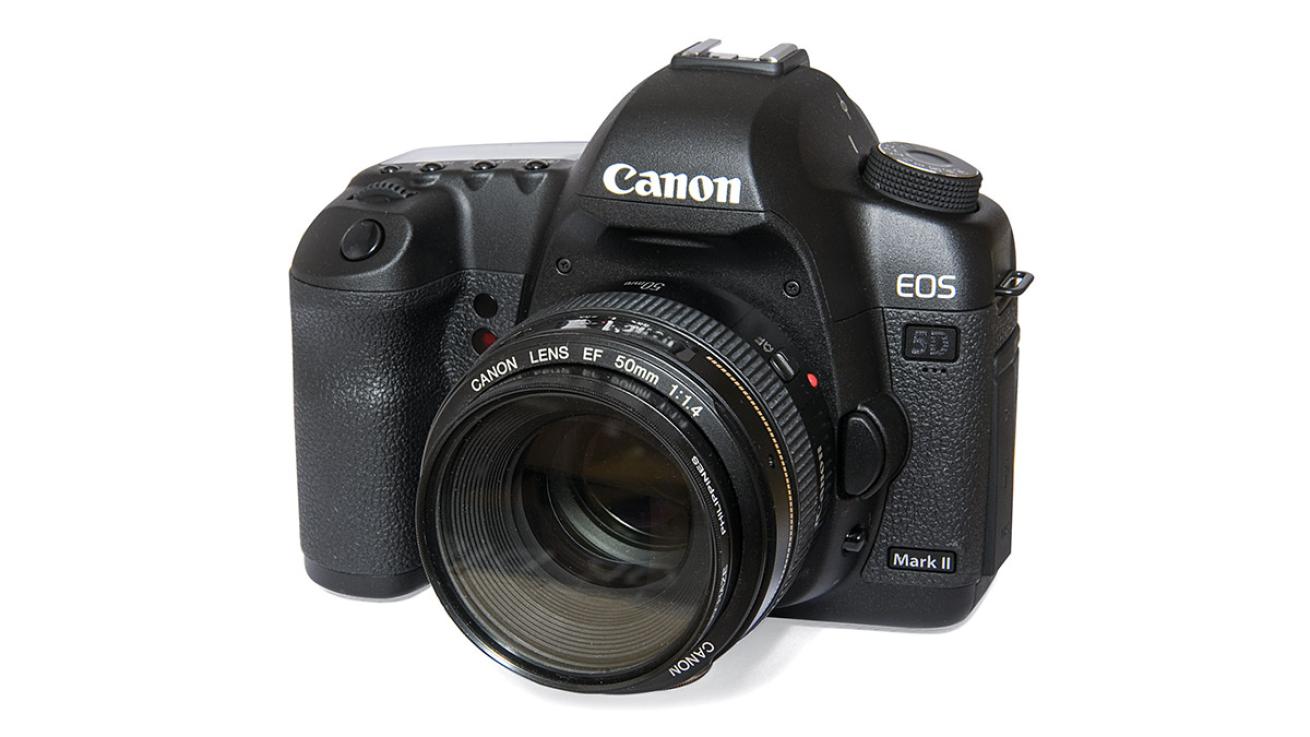
Tom Murphy VIIThe Canon EOS 5D Mark II
2008: Canon reveals the EOS 5D Mark II, the first DSLR with video capabilities. “That model gave you the same image quality as a $30,000 camera at a fraction of the cost,” says White.
2009: Red Digital Cinema announces its new range of video cameras in the Red Dragon line, capable of 6K resolution.
2010s: Advances in remotely operated vehicle technology allow for extensive deepsea exploration, including notable expeditions from Robert Ballard’s Nautilus research vessel and NOAA. Video from these expeditions reaches the masses in the social-media age.
2012: Academy Award-winning director James Cameron reaches the bottom of Challenger Deep — the deepest part of the Mariana Trench — becoming the first person to make the trip solo. Cameron stars in a documentary on the trip called Deepsea Challenge 3D.
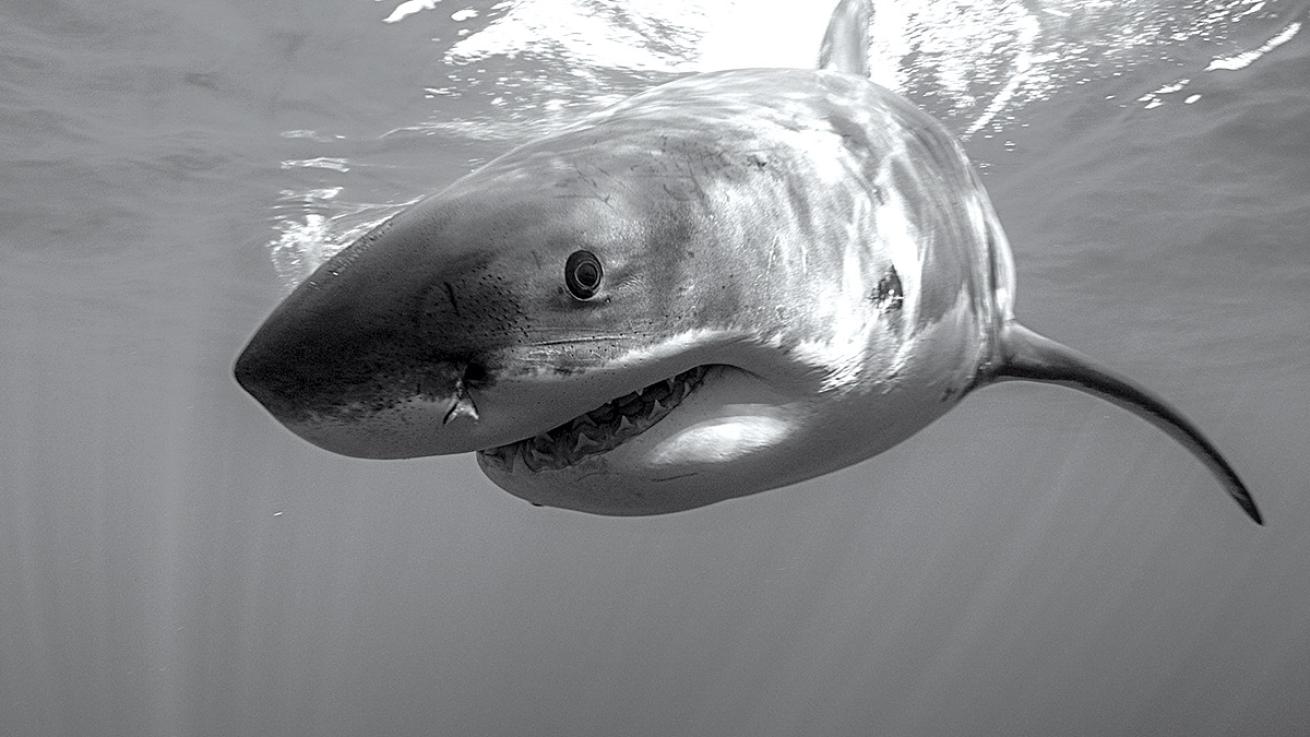
Discovery Channel/Andrew Brandy CasagrandeA great white shark
2012: Andy Brandy Casagrande IV creates the bite cam — a GoPro protected by high-density foam and a plexiglass housing — to film the inside of a great white’s mouth for Discovery Channel’s “Shark Week.”
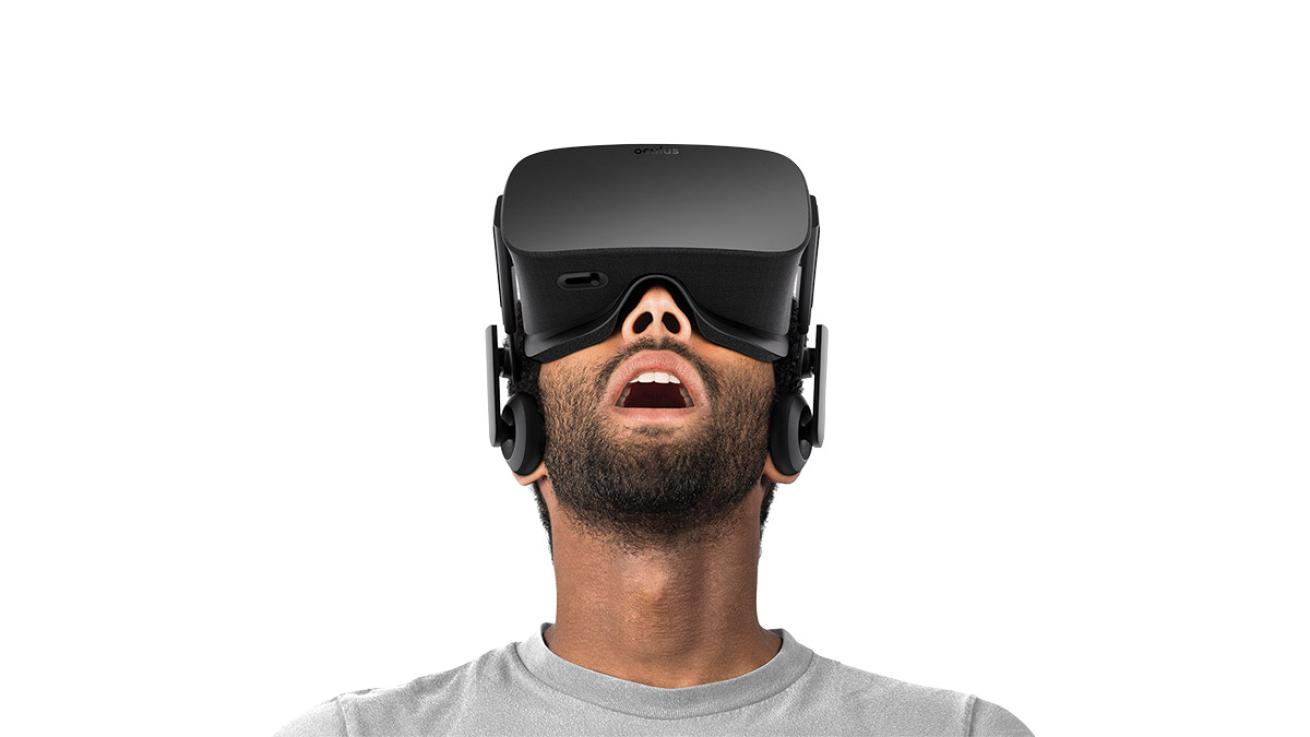
Courtesy OculusAn Oculus VR headset
2016: Companies such as Oculus release VR products made for consumers. Programs featuring underwater video bring the sensation of diving to the masses.

